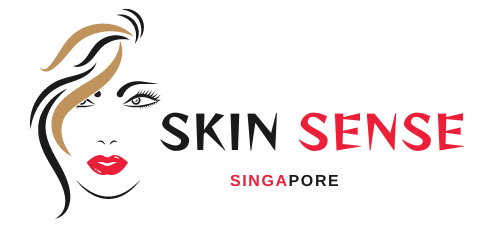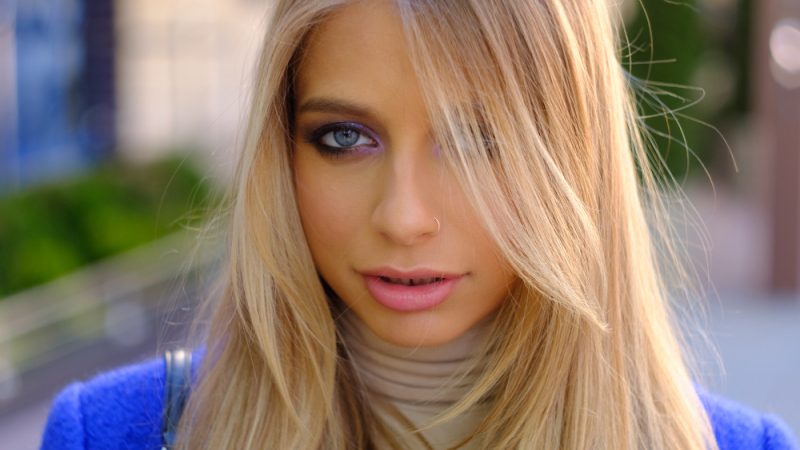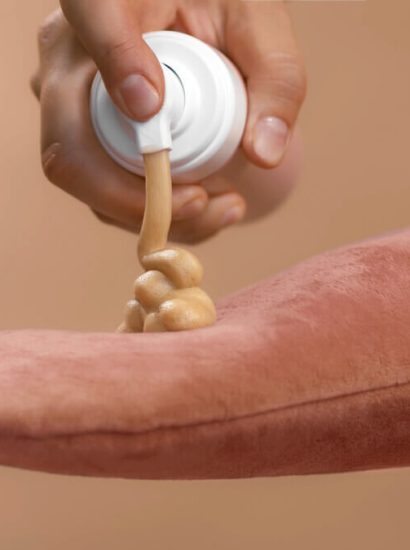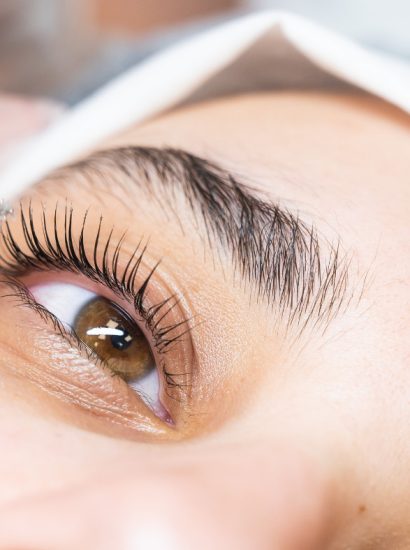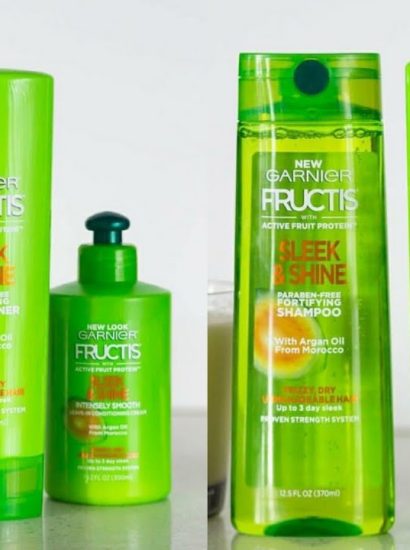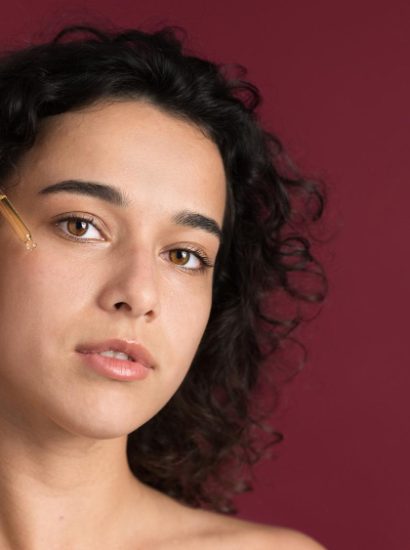Have you ever met someone with light blonde hair but strikingly dark eyebrows and wondered if it could be natural? It may seem unusual, but it does happen. Many people assume that blonde hair always comes with light eyebrows and eyelashes, yet genetics can produce surprising combinations.
In this article, we’ll explore whether it’s possible to have naturally blonde hair with black eyebrows, the genetic factors behind it, and why some people are born with contrasting hair and brow colors. By the end, you’ll understand how this unique look is not just possible but completely explainable through genetics and melanin distribution.
The Basics of Hair and Eyebrow Pigmentation
Hair color, including eyebrow color, is determined by the type and amount of pigment known as melanin in the hair follicles. There are two main types of melanin responsible for all shades of human hair:
- Eumelanin: Produces brown and black tones.
- Pheomelanin: Produces red and yellow tones.
The ratio and concentration of these pigments define your natural hair shade. For blonde hair, there is very little eumelanin and a higher proportion of pheomelanin. For black eyebrows, the eumelanin content is very high.
Even though scalp hair and eyebrow hair share the same genetic makeup, their melanin activity can differ based on localized gene expression.
Why Hair and Eyebrows Can Differ in Color
It’s perfectly normal for your scalp hair and eyebrow hair to be different shades. The genes that control pigmentation don’t always express themselves evenly across the body. This means that the follicles on your scalp might produce less melanin than those on your eyebrows or eyelashes.
For instance, the MC1R gene, known for influencing red and blonde hair, can act differently in various follicles. In some people, this results in lighter scalp hair but darker eyebrows. Environmental factors, hormones, and even aging can influence this as well.
So, while it’s uncommon, it’s entirely possible to have naturally blonde hair with dark or even black eyebrows.
The Role of Genetics in Hair Color Variation
Genetics is the primary factor that determines hair color differences across your body. Scientists have identified more than a dozen genes that influence hair pigmentation, including MC1R, OCA2, SLC45A2, and TYRP1.
Each of these genes affects how melanin is produced, stored, and distributed. Variations or mutations in these genes can create unique color combinations. That’s why you might inherit light hair from one parent and dark eyebrow genes from another.
In short, your overall appearance is the result of a complex blend of inherited traits rather than a single color gene.
Ethnic and Genetic Diversity
The likelihood of having blonde hair and black eyebrows also depends on your ethnic background. In Northern and Central European populations, lighter hair shades are more common due to lower eumelanin levels. However, even within these populations, there can be genetic diversity that produces darker eyebrows.
In contrast, people of mixed heritage or regions with higher genetic variety can show more contrast between scalp hair and facial hair colors. For example, someone with European and Mediterranean ancestry may inherit lighter hair genes but darker eyebrow pigmentation from their mixed lineage.
These differences are completely natural and showcase how diverse human genetics can be.
Hormonal Influence on Hair Pigmentation
Hormones can also play a role in why your eyebrows are darker than your scalp hair. Hormonal fluctuations during puberty, pregnancy, or other life stages can increase melanin activity in certain areas, such as the eyebrows.
This is why many people notice that their eyebrow color deepens or changes over time while their scalp hair remains relatively light. Hormones like androgens stimulate the follicles to produce more eumelanin, darkening the hair in specific regions.
So, even if you were born with light eyebrows, they might darken as you grow older, while your blonde scalp hair stays the same or lightens due to sun exposure.
The Role of Aging and Environment
Environmental factors like sun exposure can significantly lighten scalp hair while leaving eyebrows untouched. The scalp is more exposed to sunlight, which naturally bleaches the hair over time. Eyebrows, being shorter and growing faster, are less affected by the sun.
As a result, someone who started with medium brown hair and brows as a child might end up with golden blonde hair and darker brows as an adult. Aging also affects hair color differently in various areas of the body, sometimes amplifying this contrast.
Real-Life Examples and Common Misconceptions
It’s not uncommon to see celebrities or models with blonde hair and darker eyebrows, leading many to assume it’s an intentional style choice. However, for some, this look is natural.
For example, natural blondes like Cara Delevingne and Margot Robbie often keep their darker brows, enhancing the contrast for a more striking appearance. This trend has become popular because dark eyebrows against blonde hair create a bold, high-definition look that frames the face beautifully.
The misconception that blonde hair must come with blonde brows is outdated. Natural variations are more common than people think.
How to Enhance or Balance the Look
If you naturally have blonde hair with darker eyebrows, you can either embrace the contrast or balance it with subtle grooming and color adjustments.
To enhance the contrast, keep your eyebrows natural and shaped to frame your eyes. This adds definition and character to your face.
To soften the difference, you can lighten your brows slightly using a professional brow tint or a soft brow gel a shade lighter than your hair. This maintains harmony without losing natural depth.
Whichever option you choose, remember that the contrast between blonde hair and dark eyebrows is not a flaw but a distinctive and beautiful feature.
Why This Combination Is Rare but Possible
While having naturally blonde hair and black eyebrows isn’t the norm, it’s certainly within the range of human genetic variation. Most people with blonde hair tend to have light to medium-colored eyebrows because both features share similar pigmentation processes.
However, the expression of melanin can differ slightly from one hair follicle group to another, especially when influenced by genetics, hormones, or environmental factors. This small difference in melanin production can create striking contrast — blonde hair paired with dark eyebrows.
So, while rare, this unique genetic outcome is entirely natural and scientifically explainable.
Conclusion
Yes, you can absolutely have naturally blonde hair with black eyebrows, and it’s all thanks to genetics. Your hair and eyebrow colors are determined by complex genetic interactions that control melanin production in different parts of your body. While most blondes tend to have lighter brows, variations in gene expression, ancestry, hormones, and environmental exposure can create contrasting shades.
What may seem rare or unusual is just another example of how diverse and fascinating human genetics can be. Whether you choose to highlight the difference or blend it, remember that your natural contrast is part of what makes your look uniquely yours.
FAQs
1. Is it common to have blonde hair and dark eyebrows?
It’s not very common, but it’s completely natural. This contrast occurs due to variations in melanin production between scalp and eyebrow follicles.
2. Why are my eyebrows darker than my hair?
Eyebrow hair tends to have more eumelanin and grows faster, which makes it darker and less affected by sunlight than scalp hair.
3. Can genes cause different hair colors on different parts of the body?
Yes. Genes like MC1R and TYRP1 can express differently across body regions, creating variations between scalp hair, facial hair, and body hair.
4. Do hormones make eyebrows darker?
Yes. Hormonal changes, especially during puberty or pregnancy, can increase eumelanin production, darkening eyebrows even if your scalp hair remains light.
5. Can environmental factors change eyebrow color?
Sun exposure and aging affect scalp hair more than eyebrows. This can make your hair appear lighter over time while your brows stay dark, increasing contrast naturally.
Also read: HIFU Singapore 2025 Guide: Latest Innovations, Benefits, Costs & Clinics
